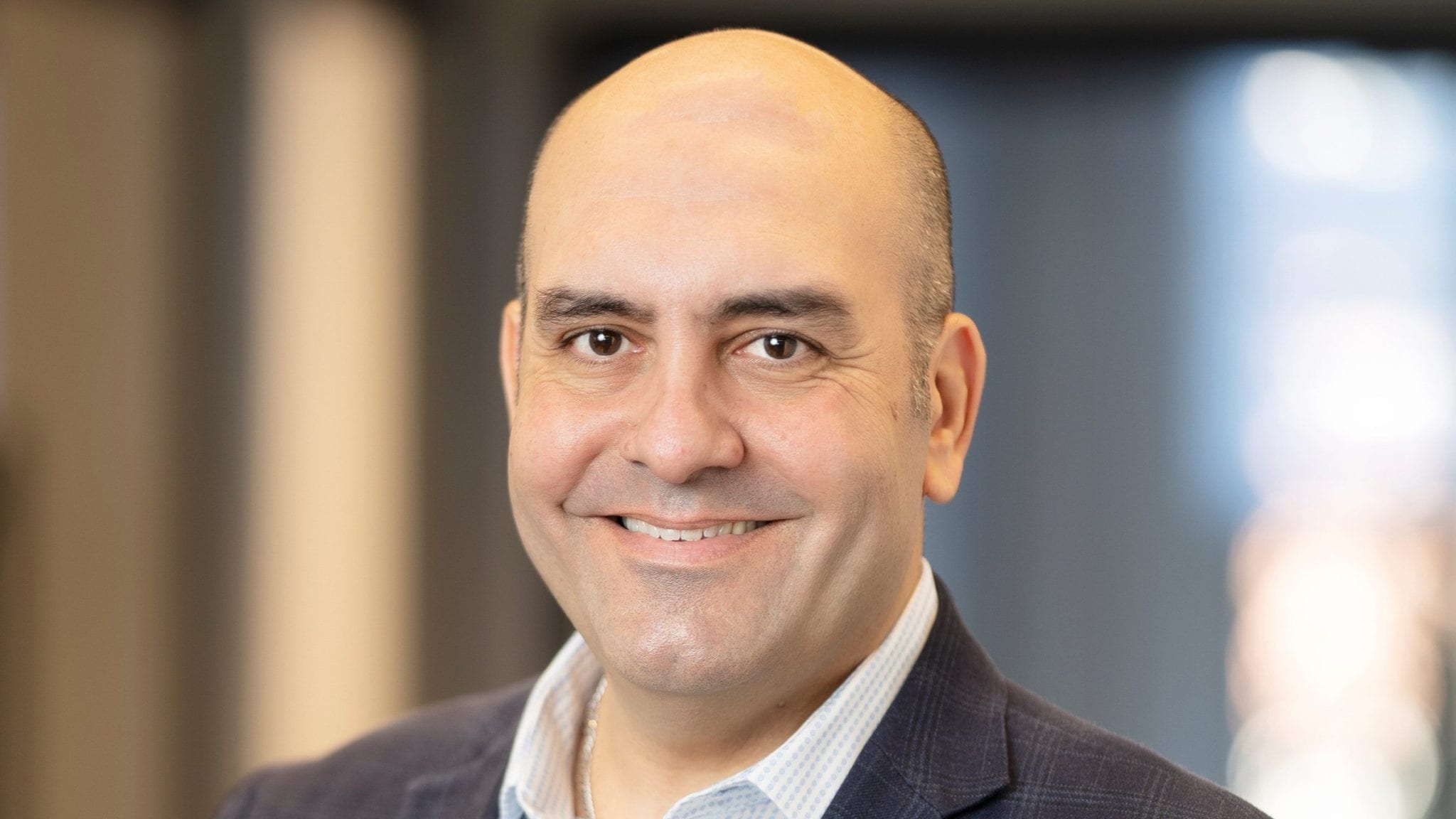
Chris Garabedian (Forge Biologics)
Chris Garabedian's incubator leads Series A funding for gene therapy manufacturer/developer combo
Back in December, longtime industry investor Chris Garabedian helped launch a $210 million VC fund for early-stage biotechs. On Tuesday, Garabedian and the Perceptive …
Sign up to read this article for free.
Get free access to a limited number of articles, plus choose newsletters to get straight to your inbox.